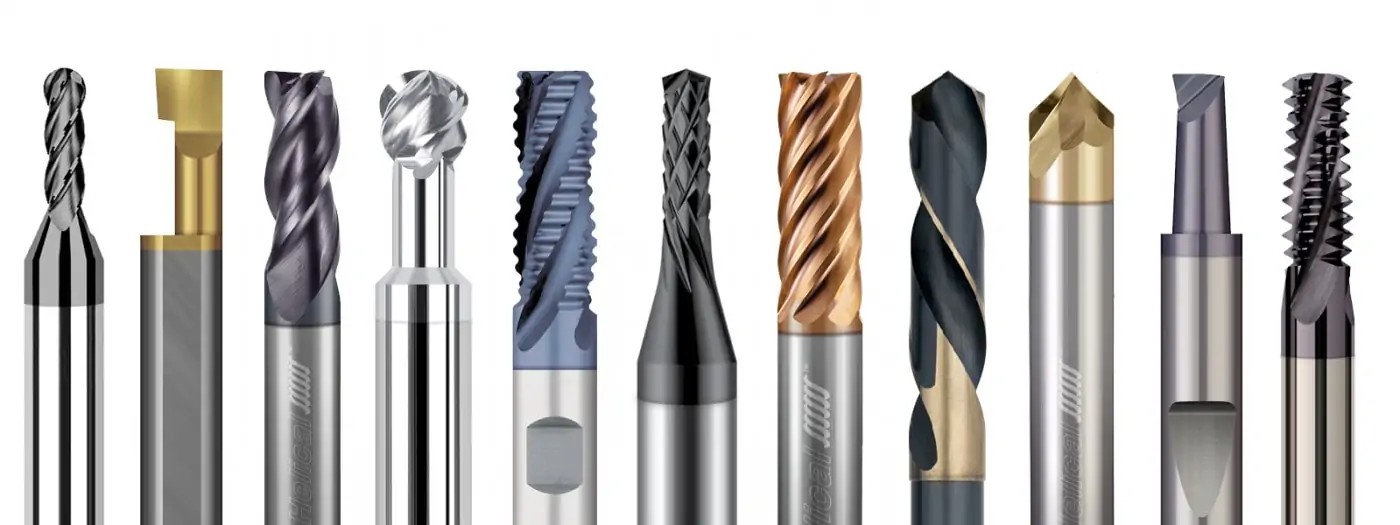Carbide cutting tools are the best alternatives for steel cutting tools. They have better heat dispersion abilities, are sharper, and are more accurate than steel tools. Although seemingly perfect, carbide tools must be cared for to maximize performance.
These tools are expensive, but you can extend their lifespan by implementing several tips. Here are five tips and best practices to maximize their performance. With these tips, you are guaranteed superior performance for a longer time.
1. Sharpen the Edge As Advised
Carbide gets dull a little every time it comes into contact with the product it is developing. The edges get blunt preventing you from getting the desired outcomes. You can reverse this by sharpening the tools as advised by a tools specialist.
The specialist will advise you on how often you need to resharpen your tools depending on how you use them. You will need a diamond-surface grinding wheel to sharpen the edges and eye protective gear.
2. Use Cutting Lubricant
You do not need a lubricant to mill through aluminum. However, you need it when cutting through harder alloys such as Inconel and steel.
The lubricant reduces friction between carbide and raw materials, preventing it from wearing out quickly. With tip works perfectly when combined with keeping an eye on the speed.
3. Clean Your Carbide Cutting Tools
Chip, contaminants, and debris will attach to cutting tools during and after machining. When left uncleaned, these contaminants can damage the carbide edges, ultimately affecting precision.
The best way to keep your carbide tools clean is to use compressed air while feeding the mill to eliminate chips, contaminants, and dust. The evacuation system removes all these contaminants efficiently before they damage the cutting tools.
Unfortunately, there is no one-fit-all evacuation system. You will need to consult your supplier or experts to advise on the best chip evacuation system for your needs.
4. Coat the Tools With Protective Layers
Prevention is better than cure. This is one of the most famous adages, and it applies perfectly in this case. Using a protective layer on your cutting tools increases hardness and wear resistance.
Fortunately, there are several protective ingredients you can use. However, you must choose the right one depending on your needs. An expert can advise on this, as each protective layer offers a different hardness level.
Most people use titanium nitride, which makes carbide cutting tools last four times longer than uncoated ones. Another popular coating is titanium carbonitride. You can also use diamond-like carbon and aluminum titanium nitride.
5. Use Coolant When Cutting Or Shaping
Carbides can get permanently damaged quickly when exposed to high temperatures. That is why keeping an eye on the speed during machining is crucial.
You can extend the lifespan of the cutting tools by using coolant. The coolant prevents the carbide from high exposure to high temperature that breaks them.
Following these five tips and practices can extend the lifespan of carbide-cutting tools. You will be able to complete various projects using the same cutting tools for several months before you consider buying a new set.
If you want carbide tools or an expert to advise you about them, consider Suncoast Precision Tools. We will guide you in choosing the right cutting tools for your needs and tips to ensure optimal performance.
Reference:
https://specialtoolsinc.com/how-to-get-the-most-out-of-your-custom-carbide-tools/how-to/

